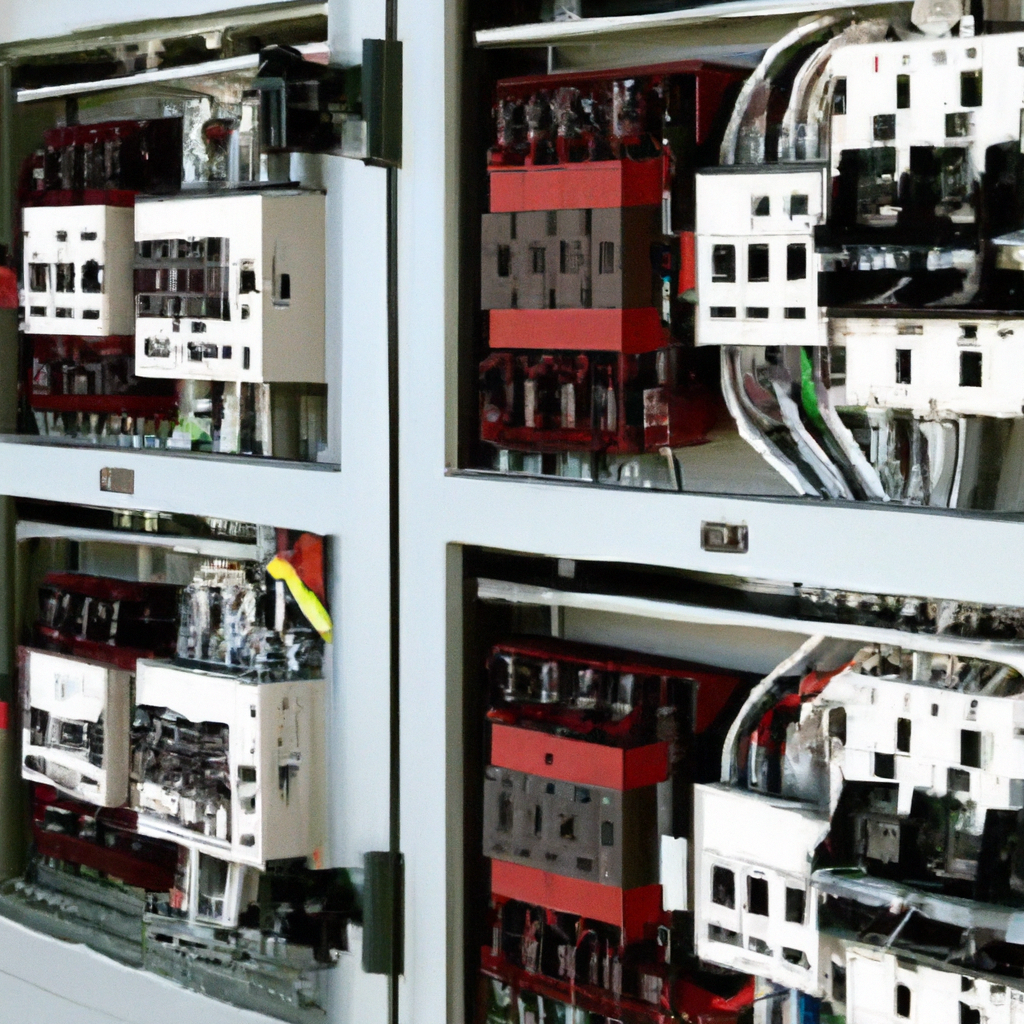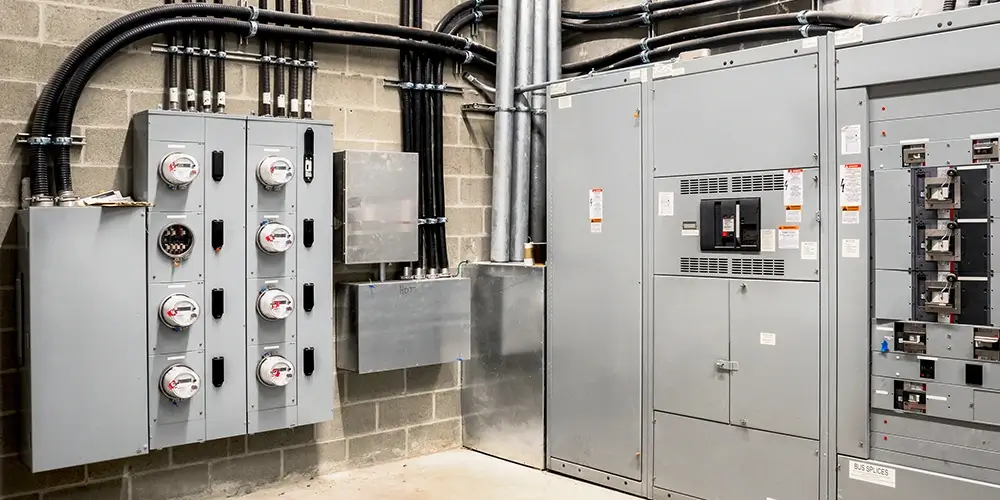In today’s modern world, electrical energy plays a crucial role in powering our daily lives. And at the heart of it all lies the commercial electrical panel, the unsung hero responsible for supplying and distributing this vital energy. But with so many different types of panels available, it’s important to have a good understanding of their various functionalities and features. Whether it’s a main lug panel, a main breaker panel, or even a subpanel, each type has its own unique characteristics that cater to specific commercial needs. So, let’s explore the world of commercial electrical panels and gain a better understanding of how they keep the lights on and our businesses thriving.
Understanding the Various Types of Commercial Electrical Panels
As a business owner, it’s important to have a basic understanding of the various types of commercial electrical panels used in buildings. These panels play a crucial role in distributing electricity safely and efficiently throughout your establishment. In this article, we will explore the different types of commercial electrical panels commonly found in commercial buildings.
Main Breaker Panels
Main breaker panels are the central point of electrical distribution in a commercial building. They house the main circuit breaker that controls the flow of electricity to all other circuits in the building. This panel is typically installed near the utility meter and is responsible for shutting off power to the entire building when necessary. It is an essential component for managing the electrical infrastructure of your establishment.
Main Lug Panels
Similar to main breaker panels, main lug panels are used to distribute electricity to various circuits in a commercial building. However, unlike main breaker panels, they do not have a built-in main circuit breaker. Instead, they rely on an external main circuit breaker located upstream from the panel. Main lug panels are commonly used when the main circuit breaker is installed elsewhere, such as in a separate service entrance panel.
Subpanel
A subpanel is an additional panel used to separate and distribute electricity to specific areas or systems within a commercial building. It is typically connected to the main breaker panel and is used when the electrical load of a particular area exceeds the capacity of the main panel. Subpanels allow for more efficient and organized electrical distribution, making it easier to control and manage power in different zones of your establishment.
Service Entrance Panel
The service entrance panel, also known as the main panel or the main service panel, is responsible for connecting the electrical service from the utility provider to the internal electrical system of a commercial building. It contains the main circuit breaker, which controls the power supply entering the building. The service entrance panel is an integral part of the electrical infrastructure in your establishment, ensuring the safe delivery of electricity from the utility provider to your circuits.
Meter Combo Panels
Meter combo panels combine the functionality of a service entrance panel and an electrical meter into a single unit. These panels are commonly seen in commercial buildings where space is limited. By combining the meter and the service panel, meter combo panels reduce the physical footprint required for the electrical infrastructure. They play a crucial role in accurately measuring and recording the energy consumption of your establishment.
Fuse Panels
Fuse panels use fuses to protect circuits from excess current flow. Fuses are designed to open and disconnect the circuit when a specified current is exceeded, preventing damage to the electrical system and equipment. Fuse panels are becoming less common in commercial buildings as circuit breaker panels offer more convenience and flexibility. However, they still find use in specific applications where budget constraints or unique electrical requirements come into play.
Circuit Breaker Panels
Circuit breaker panels are the most common type of electrical panels in commercial buildings. They utilize circuit breakers instead of fuses to protect circuits from overcurrent situations. Circuit breakers can be reset after tripping, allowing for easier restoration of power. These panels offer better control over the electrical system, allowing for selective circuit shutdowns and protection against overloads and short circuits.
Distribution Panels
distribution panels, also known as load centers, serve as centralized points for distributing electricity to various circuits in a commercial building. They receive power from the main panel or subpanel and then distribute it to individual circuits for specific areas or equipment. Distribution panels are equipped with circuit breakers or fuses to protect each circuit from overloads. They play a vital role in achieving a balanced electrical load and ensuring efficient power distribution throughout your establishment.

Switchgear Panels
Switchgear panels are large and high-capacity electrical panels designed to manage and control the power distribution within a commercial building. They are commonly used in industrial and large-scale commercial establishments where heavy loads and complex electrical systems are present. Switchgear panels incorporate advanced features such as protective relays, control systems, and monitoring devices to ensure the safe and efficient functioning of the electrical infrastructure.
Motor Control Centers
Motor control centers (MCCs) are specialized electrical panels used to control and protect electric motors in commercial and industrial settings. They provide a central location for managing, starting, stopping, and protecting motors in a facility. MCCs encompass motor starters, overload protection devices, and control devices. These panels play a critical role in managing motor-driven equipment and maintaining operational efficiency.

Busbar Panels
Busbar panels are electrical panels that utilize busbars for the distribution of electrical power within a commercial building. Busbars are conductors that provide a low resistance path for electrical current flow. These panels are commonly used in large-scale commercial buildings where high electrical loads and distribution efficiency are crucial. Busbar panels offer a compact and space-saving solution for efficient power distribution, ensuring minimal power losses and improved operational performance.
In conclusion, understanding the different types of commercial electrical panels is essential for managing the electrical infrastructure of your establishment. From main breaker panels to busbar panels, each type serves a specific purpose in distributing electricity safely, efficiently, and reliably. By familiarizing yourself with these panels, you can make informed decisions about your electrical system and ensure the smooth and uninterrupted operation of your business.
- Tags:
- Commercial
- Electrical
- Panels



